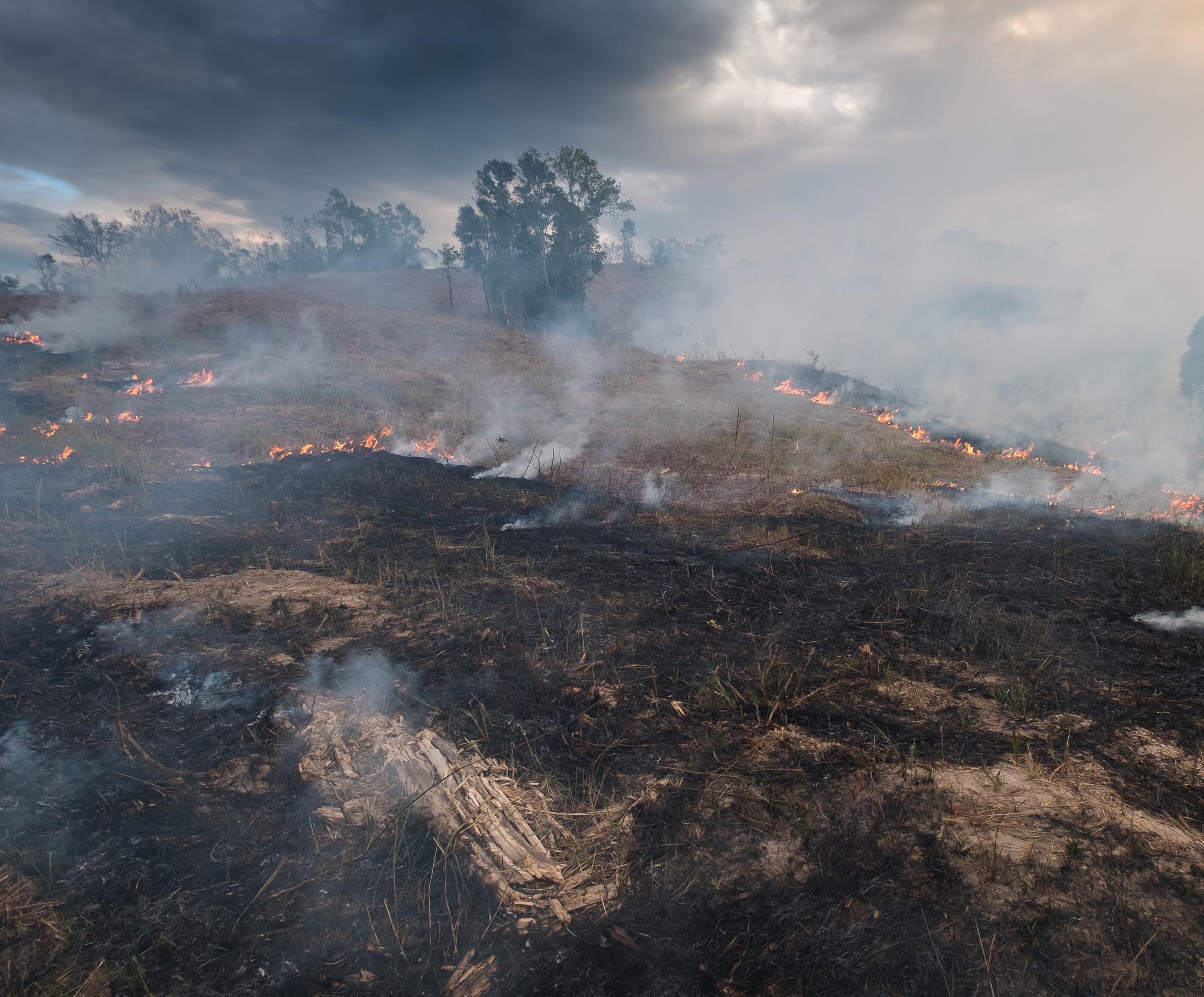Labor’s climate change bill has passed.
Renee McMahon
DateNovember 2022

So what happens now?
After an election won on the back of environmental promises, Labor’s first climate change bill has officially cleared parliament. The first climate change legislation change in over a decade, Labor’s bill writes into law Australia’s new greenhouse gas emissions reduction targets, which are set to achieve a 43% reduction in emissions from 2005 levels by 2030, and net zero by 2050. And because the bill has now been made a law, it means all future governments, no matter who is elected, will have to continue to work towards meeting the country’s emissions reduction targets.
While the bill itself doesn’t provide an outline for how the country will meet its targets, it puts in place a framework that holds the government to account, and ensures regular reviews are held to ensure targets reductions are on track. Importantly, the government has given the Climate Change Authority – an independent statutory body – the authority to oversee the country’s progress on meeting target emissions reductions. It will also require the Minister for Climate Change and Energy – currently the Hon Chris Bowen MP – to report to parliament each year with progress updates.
A historical moment
Although the Greens and teal independents supported the bill, they argued the targets weren’t ambitious enough. Australia’s Climate Council agrees, suggesting we should be aiming for net zero by 2040, rather than 2050. Professor Frank Jotzo, Head of Energy, Institute for Climate Energy and Disaster Solutions, has also stated that the current reduction targets are ‘incompatible with limiting global warming to 1.5 degrees’ – the agreed global goal for limiting climate change.
However, despite the disagreements around numbers, the bill’s passing marks a pivotal moment in Australia’s history; the turning point for when the country began to shift course and begin tackling climate change head on. This bill is simply the first step – writing the climate change targets into law. In the months and years ahead, we’ll see more detailed plans emerge that will outline exactly what changes will be required – from government bodies, industries, private enterprises and individuals – to help the country stay on track in reducing carbon emissions.

Impact on business
The 2022 climate change legislation does not yet include measures to cut emissions in the private sector. However, that doesn’t mean businesses can ignore such a monumental change to Australian law. In order to meet – and ideally exceed – our emissions reductions targets, huge, sweeping changes must be made across a number of sectors, particularly focusing on stepping up the country’s transition to renewable energy, accelerating the switch to electric vehicles, and offsetting carbon emissions through large scale carbon capture.
According to the CSIRO, the burning of fossil fuels contributes to around 90 per cent of carbon emissions globally. In Australia, carbon emissions can be largely attributed to energy production, as well as transport, agriculture, and industrial processes. The energy industry, therefore, is going to be one of the biggest industries impacted by the climate change bill. In late 2021, the government released its Powering Australia plan which outlines steps to upgrading Australia’s energy grid to support more renewable power, with AU$25 billion in clean energy commitments announced to support this in the 2022-2023 budget.
The industries that will be most affected might be concerned about what this means for them, and how it will affect jobs in their sector. However, the creation of new, clean energy jobs is also a focus for the government. According to Chris Briggs, from the University of Technology Sydney’s Institute for Sustainable Futures, around 10,000 coal jobs in Australian mines and power plants will be lost by 2036; however, around 20,000-25,000 new renewable energy jobs will be created over the same period. The recent announcement confirming the Victoria-NSW KerangLink interconnector is a testament to future jobs creation, with the project estimated to create 3,400 jobs and generate $3.3 billion in net market benefits and investment.
The role of carbon offsetting
According to the Climate Change Authority, carbon sequestration will play a crucial role in Australia’s journey towards net zero, and that large-scale removal of atmospheric carbon is needed in order to meet the Paris Agreement goals. Eventually, all businesses will need to ramp up their carbon offset programs – but businesses don’t need to wait for specific laws to be put into place. Businesses of all sizes, from micro businesses and SMBs to the large organisations, can start measuring and reducing their carbon emissions, taking proactive steps to start offsetting them immediately.
Working with Carbon Neutral, businesses will receive a tailored carbon measurement, reduction, and offsetting strategy that fits the specific needs of their organisation. Whether it’s purchasing carbon credits or finding carbon offset projects – such as the Yarra Yarra Biodiversity Corridor, Australia’s largest biodiverse reforestation carbon sink – businesses can reduce their net emissions in a way that minimises risk and is relevant to their business.
The new climate change bill marks a critical moment in Australia’s history. But the work is only just beginning. Over the coming years, we can expect to see dramatic changes as Australia transitions to a cleaner, more renewable, low carbon economy. Governments, industries, and businesses alike must all work together to reduce carbon emissions, and take meaningful action toward achieving net zero.
Yarra Yarra Biodiversity Corridor
We’ve developed Australia’s largest biodiverse reforestation carbon sink on degraded landscapes in Southwest Australia.
The Corridor project supports Gold Standard-certified carbon offset credits (VERs and PERs) and independently certified Biodiverse Reforestation Carbon Offsets.
The project contributes socio-economic co-benefits and aligns with the United Nations Sustainable Development Goals (SDGs).
